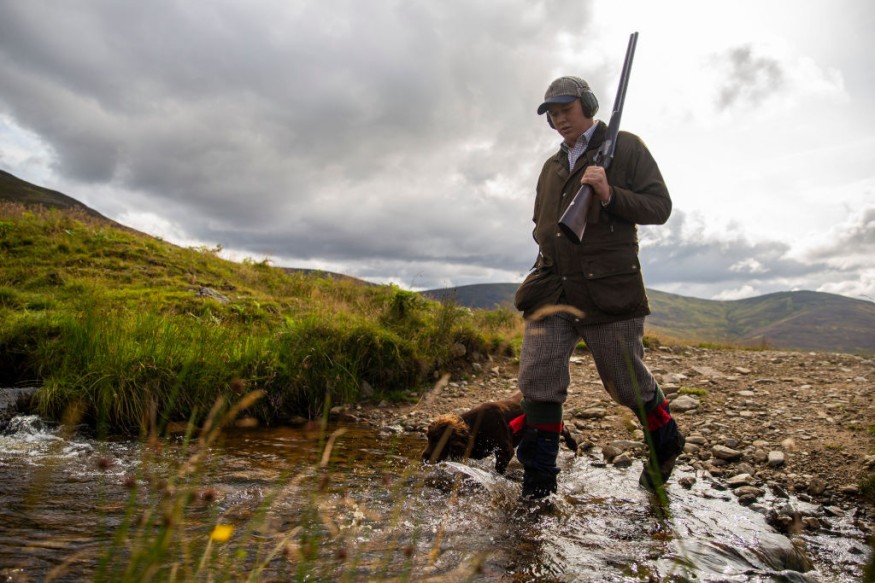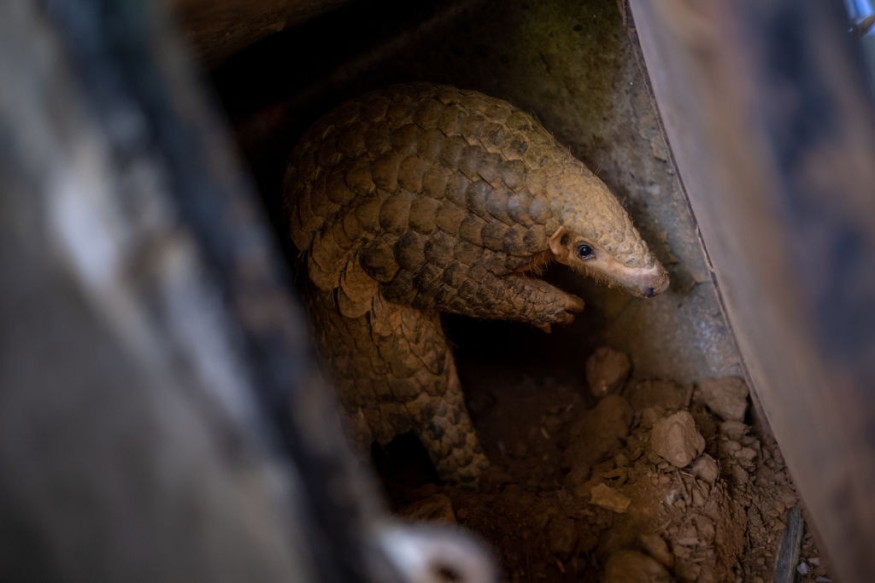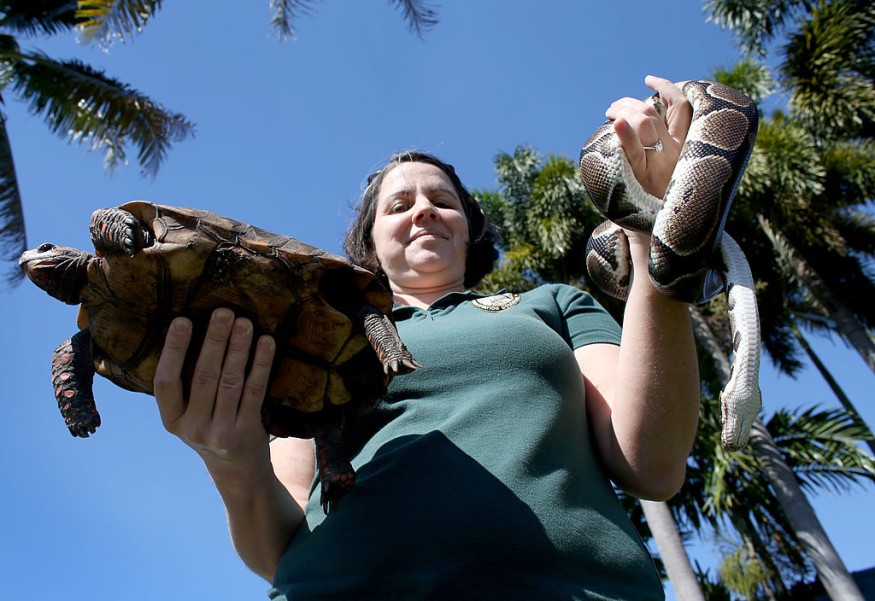In areas where animals are traded, animal populations are dwindling by an average of 62 percent, bringing some closer to extinction, according to a recent study.
Population Decline

The first study to measure the effect of the legal and illegal trade in wildlife analyzed 133 land-based species. It concluded that the most endangered species, usually with smaller numbers, was most at risk, with an estimated loss of 81%.
In some instances, according to an international team of researchers led by Sheffield University, this culminated in local disappearances, with some populations of spider monkeys and Baird's tapir decreasing by 99.9 percent.
The study reported that Multiple local disappearances may lead to global extinctions. "Our paper shows that trade in wildlife causes species to decline, which is a major concern because there is always a risk of extinction where species decline," said lead researcher Oscar Morton, a Ph.D. student at Sheffield University.
Some figures say that the illicit wildlife trade could be worth as much as $23 billion a year, with annual trading in more than 100 million plants and animals.
The environmental effect of this trade was historically unnoticed by animals in the wild. In a major systematic search of the available literature, we checked thousands of published papers. Then we processed all this data from all these diverse animals,' Morton said.
Wildlife Trade

The team investigated the local and foreign trade in wildlife, as well as the legitimate and illegitimate trade. Both commerce, taking animals from their habitat, leads to the same outcome.
Any illicit trading is viable, but some fair trade is unsustainable in a horrible manner. We tried to analyze the cumulative results here," Morton said.
The pet industry, bushmeat (defined as animals traded for food consumption), traditional medicine, ivory, and laboratory use are the primary drivers of wildlife trafficking.
The research did not involve bushmeat consumed by the groups that hunted it, based on subsistence.
According to the study published in Nature Ecology & Evolution, the researchers found only 31 studies that included fairly rigorous data on population impacts.
This contained 506 samples of data providing population details on 99 mammal species, 24 bird species, and 10 reptile species.
Supressed Widlife
Researchers compared areas to unexploited control sites where wildlife trade was involved. They found that the wildlife trade was causing population losses, including in protected areas, by 56 percent.
This research follows a study published in Science in 2019 that showed that 18% of the known land-based vertebrates worldwide are involved in the trade in biodiversity, 50 percent higher than previous figures.
"All of these various forms of trade are really dramatically suppressing wildlife abundance," said one of the writers of the study, David Edwards, Sheffield University's professor of environmental science, who described the results as "sobering."
I think it's a concern that we see such extreme losses across such different kinds of species and across diverse scales at which trade happens. And I think it's something we all really ought to be thinking about,' he added.
Global Trade

Despite being an integral part of the global wildlife trade, there was a lack of adequately comprehensive evidence to include amphibians, invertebrates, cacti, and orchids in the study.
In the regional coverage of appropriate surveys, there were also "several alarming patterns," with only four from Asia, one from North America, and none in Europe, the researchers found. South America and parts of Africa became the subject of several research.
For the latest news on the animal kingdom, don't forget to follow Nature World News!
© 2025 NatureWorldNews.com All rights reserved. Do not reproduce without permission.





